
How to Sharpen Your Lawn Mower Blade: A Step-by-Step Guide
A dull lawn mower blade can leave your lawn looking ragged and unhealthy. A sharp blade, on the other hand, cuts cleanly, promoting healthy grass growth. While you could take your mower to a professional for sharpening, it’s a relatively simple task that you can do yourself with the right tools and a bit of know-how.
Why Sharpen Your Lawn Mower Blade?
Before we dive into the sharpening process, let’s explore why it’s so important. A dull blade:
- Tears the grass: Instead of cutting cleanly, a dull blade tears the grass, leaving it brown and brittle.
- Stresses the mower engine: A dull blade forces the engine to work harder, increasing fuel consumption and wear and tear.
- Increases the risk of accidents: A dull blade can cause the mower to kick back, increasing the risk of injury.
When to Sharpen Your Lawn Mower Blade
While there’s no strict timeline for sharpening your mower blade, here are some signs that it’s time:
- Ragged cut: If your grass is being torn instead of cut, it’s a clear sign of a dull blade.
- Increased mowing time: A dull blade can slow down your mowing process.
- Visible nicks and chips: Inspect the blade for any damage that could affect its cutting performance.
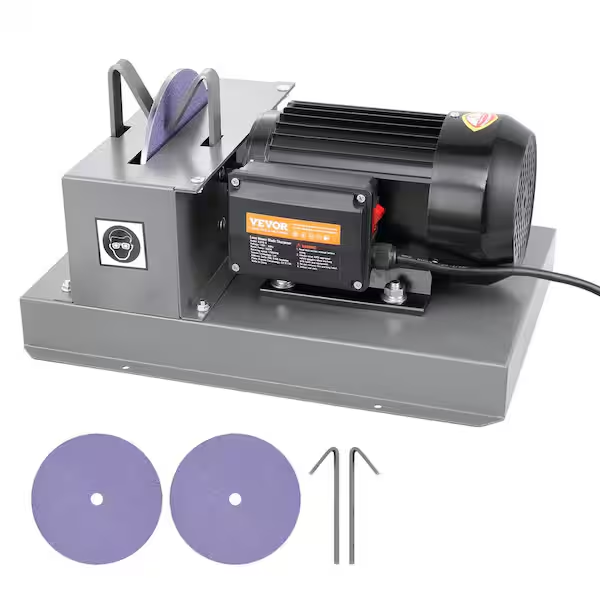
Balancing the Blade
A balanced blade ensures smooth operation and prevents excessive vibration. Here’s how to check and balance your blade:
Tools Needed:
- A nail or screw
- A piece of wood or sturdy board
Steps:
-
Find the Balance Point:
- Insert a nail or screw into a wall or a piece of wood.
- Hang the blade from the nail or screw, allowing it to rotate freely.
-
Check for Balance:
- If the blade hangs level, it’s balanced.
- If one side dips, that side is heavier.
-
Balance the Blade:
- Use a File: Carefully file away metal from the heavier side of the blade, a little at a time. Re-check the balance after each filing.
- Professional Sharpening: If you’re unsure about filing, consider taking the blade to a professional sharpening service. They can balance it accurately.
Why Balancing is Important:
- Smooth Operation: A balanced blade reduces vibration, making the mower easier to control.
- Reduced Wear and Tear: Vibration can accelerate wear on the mower’s components.
- Improved Cutting Performance: A balanced blade cuts more evenly and efficiently.
By taking the time to balance your lawn mower blade, you can improve its performance and longevity.
Tools and Equipment Needed
To sharpen your lawn mower blade, you’ll need the following tools:
- Socket wrench: To remove the blade bolt.
- Work gloves: To protect your hands.
- Safety goggles: To protect your eyes from metal shavings.
- File: A triangular file is ideal for sharpening mower blades.
- Vice grips: To hold the blade securely while sharpening.
- Metal file guide: Optional, but can help maintain a consistent sharpening angle.

Reinstalling the Blade
Here’s a step-by-step guide on how to reinstall your sharpened lawn mower blade:
-
Align the Blade:
- Ensure the blade is correctly aligned with the crankshaft. The blade’s mounting holes should match up with the crankshaft’s bolt holes.
- The cutting edge of the blade should typically point in the direction of rotation, but consult your mower’s manual to confirm.
-
Insert the Blade Bolt:
- Insert the blade bolt through the blade and into the crankshaft.
-
Hand-Tighten the Bolt:
- Hand-tighten the bolt to secure the blade in place.
-
Tighten the Bolt:
- Use a socket wrench to tighten the bolt to the manufacturer’s specified torque. Overtightening can damage the crankshaft or the blade.
-
Check for Tightness:
- After tightening, give the blade a gentle tug to ensure it’s securely fastened.

Step-by-Step Guide to Sharpen Your Lawn Mower Blade
-
Disconnect the Spark Plug:
- Before starting any work on your mower, disconnect the spark plug to prevent accidental starts.
-
Remove the Blade:
- Use the socket wrench to remove the bolt holding the blade in place.
- Once the bolt is removed, carefully lift the blade off the mower deck.
-
Secure the Blade:
- Clamp the blade securely in a vice grip, ensuring that the cutting edge is facing up.
-
Inspect the Blade:
- Examine the blade for any severe damage, such as large chips or cracks. If the damage is extensive, it might be more cost-effective to replace the blade.
-
Sharpen the Blade:
- Hold the file at a 45-degree angle to the blade’s cutting edge.
- Apply firm, even pressure as you draw the file across the blade, moving in a single direction.
- Repeat this process on both sides of the blade, maintaining a consistent angle.
- For a finer finish, you can use a finer-grit file or sandpaper.
-
Balance the Blade:
- A balanced blade will cut more evenly and reduce vibration.
- To check for balance, use a screwdriver to balance the blade on a narrow edge. If one side dips, remove metal from the heavier side until it balances.
-
Reinstall the Blade:
- Once the blade is sharpened and balanced, reinstall it on the mower deck, ensuring it’s securely fastened with the bolt.
-
Test the Blade:
- Before starting the mower, double-check that the spark plug is securely connected.
- Start the mower and test the blade on a small patch of grass. If the cut is clean and even, your sharpening job is complete.
Maintenance tips
To keep your lawn mower running smoothly and cutting efficiently, regular maintenance of the blade is crucial. Here are some essential tips:
Regular Sharpening:
- Frequency: Aim to sharpen your blade at least twice a season or every 25 hours of use.
- Tools: You’ll need a file, vice grips, and safety goggles.
- Technique:
- Secure the blade: Clamp the blade securely in a vice grip.
- File the edge: Use a file at a 45-degree angle to sharpen the cutting edge.
- Balance the blade: Ensure the blade is balanced to prevent vibrations.
- Professional sharpening: If you’re unsure about sharpening yourself, consider taking it to a professional.
Cleaning:
- Remove debris: After each use, remove grass clippings and dirt from the blade.
- Deep cleaning: Periodically, use a wire brush to scrub off any stubborn residue.
- Rust prevention: Apply a light coat of oil to prevent rust.
Inspection:
- Check for damage: Look for nicks, chips, or bends in the blade.
- Replace if necessary: If the damage is severe, replace the blade.
Additional Tips:
- Mow at the right height: Avoid cutting too much grass at once, as this can stress the mower and dull the blade.
- Avoid hitting hard objects: Striking rocks or other obstacles can damage the blade.
- Store properly: Store your mower in a dry, clean place to prevent rust and corrosion.
By following these maintenance tips, you can extend the life of your lawn mower blade and ensure a clean, healthy lawn.
Additional Tips for Sharpening Your Lawn Mower Blade
- Wear protective gear: Always wear gloves, safety goggles, and sturdy footwear when working with sharp tools.
- Take your time: Rushing the sharpening process can lead to an uneven edge and a less effective blade.
- Maintain a sharp edge: Sharpen your blade regularly to ensure optimal performance.
- Consider a blade sharpener tool: These tools can make the sharpening process easier and more precise.
- Replace a severely damaged blade: If your blade is severely damaged, it’s often more cost-effective to replace it rather than attempt to repair it.
By following these steps and tips, you can easily sharpen your lawn mower blade and keep your lawn looking its best.






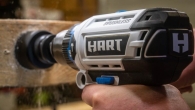
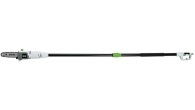

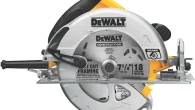

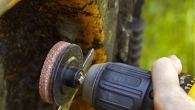
Leave a Reply